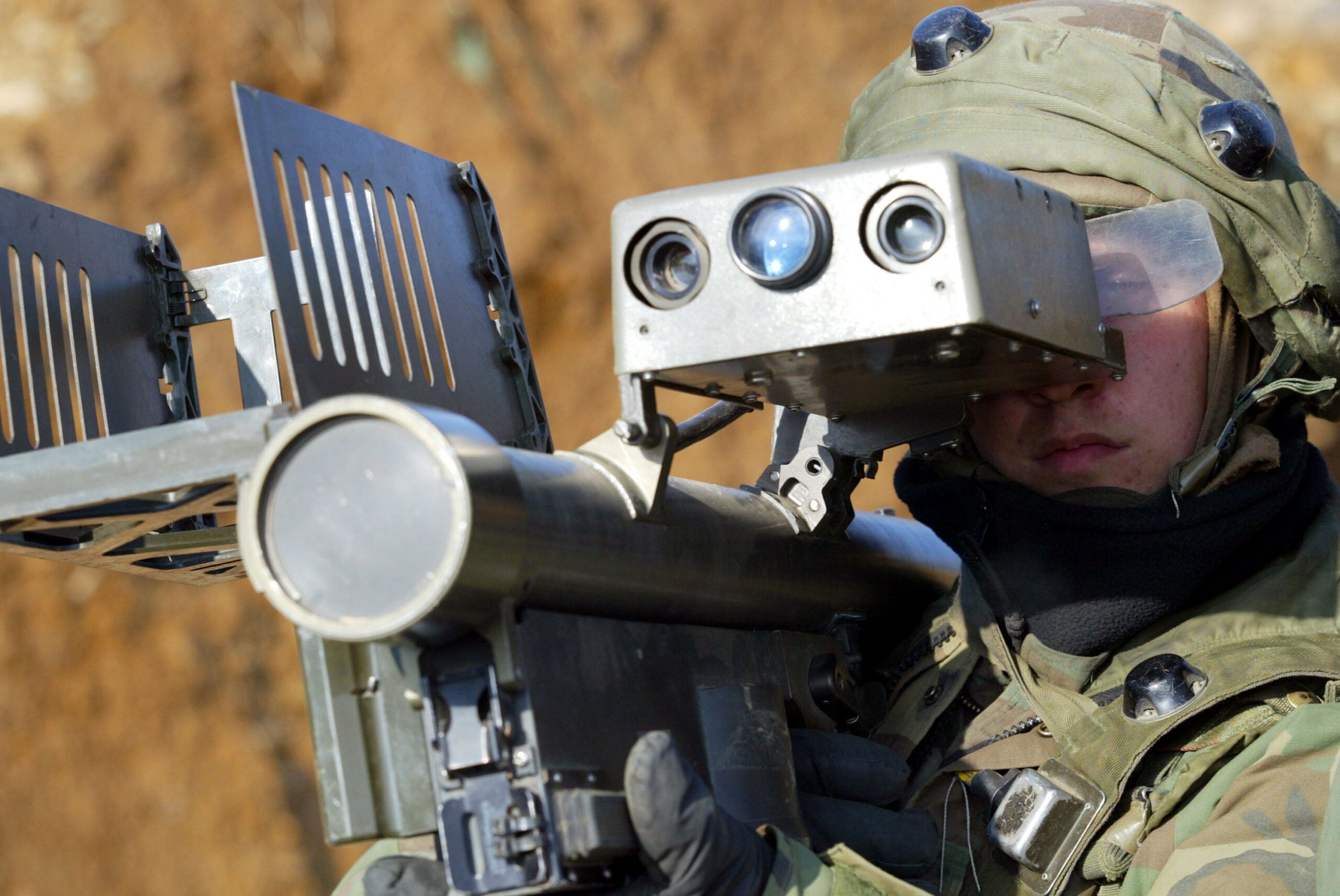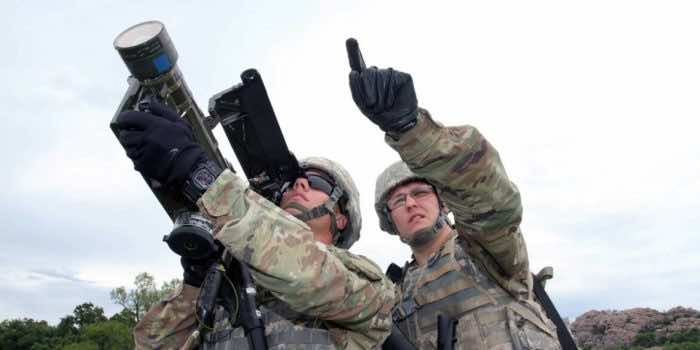Raytheon Technologies’ CEO stated on Tuesday that the company will be unable to ramp up manufacturing of Stinger missiles until 2023 because of a scarcity of components and materials for the weapons that Western allies have rushed to Ukraine.
Thousands of Stinger anti-aircraft missiles have been withdrawn from Europe and the United States stockpiles and sent to Ukraine. Still, there is no clear strategy to restore the inventories for the nations that contributed to them.

In a quarterly earnings call on Tuesday, CEO Greg Hayes stated that the company is now developing a limited quantity of new Stinger missiles for an undisclosed international customer at its Arizona site.
He stated that the production line could only construct a limited quantity at a time. Therefore, the task ahead to replenish global stocks would need a greater commitment from the United States government to fund and sustain a higher pace of production.
“We’ve been working with the DoD for the last couple of weeks, and we’re actively trying to resource some of the material,” Hayes said. “Unfortunately, the DoD hasn’t purchased a Stinger in 18 years, and some of the components are no longer commercially available.”
The US Army has been seeking to retire the old Stingers it currently has on hand and, on March 28, published a request for a new portable anti-air missile that might enter production by 2028. “The current Stinger inventory is decreasing,” the document stated, adding that the objective was to purchase 10,000 additional missiles.
:quality(70)/cloudfront-us-east-1.images.arcpublishing.com/mco/XJL7H5Q47FDRVPBTR4DLL5IJ3M.jpg)
In March, Congress appropriated $3.5 billion to the Pentagon to replenish the supplies sent to Ukraine during the war, including around 1,400 Stingers. In addition, hundreds more missiles have been provided by allies, and those nations will soon look to replenish their arsenals.
According to Doug Bush, the Army’s chief procurement officer, supply chain problems remain a hurdle to ramping up manufacturing for both the Stinger and Javelin anti-armour missiles, which have also been deployed to deadly effect by Ukrainian troops in the conflict.
“We’re working through those issues right now,” Bush said. “

According to the British Defense Ministry, Russia has lost at least 530 tanks and more than 60 helicopters and fighter jets since the end of the conflict, with many of those aircraft being destroyed by Stinger and other anti-air missiles.
According to Hayes, Raytheon will have to repair elements of the weapon’s electronics to put new missiles into production. “That’s going to take some time,” he added. “We’ll finish what we can this year,” he said, estimating that substantial orders from allies to refill their inventories won’t start coming in until 2023 or 2024.
On Tuesday, the firm reported $15.7 billion in first-quarter sales, up 3% from the previous year’s same period.
Raytheon lowered its sales projection for the year by $750 million, owing mostly to the exit of its commercial aircraft business from Russia, bringing the total to $67.8 billion. Pratt & Whitney and Collins Aerospace, the company’s two commercial aerospace operations, will bear the brunt of the losses.
“We’re done in Russia. Full stop,” Hayes said. “We aren’t going back.”


